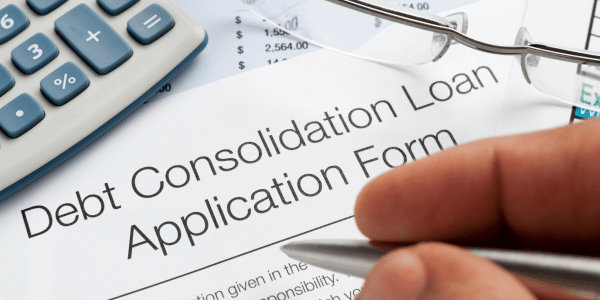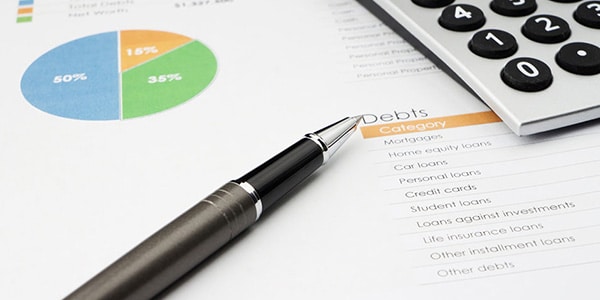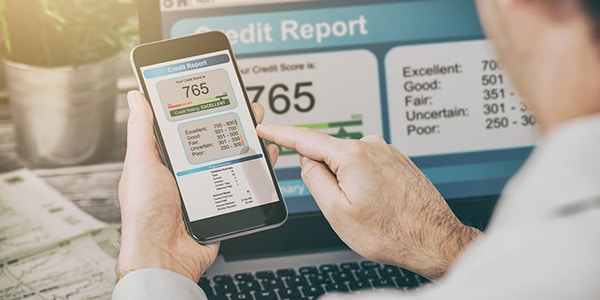Bankruptcy.
It’s a scary word describing someone in an unenviable financial position. But it’s not exactly a rarity. In 2021, there were 413,616 bankruptcy claims.
The word “bankrupt” stems from the Italian term “banca rotta,” which translates to “broken bench.” In 16th century Italy, money dealers worked from benches and tables. If funds ran dry and they went out of business, their benches would be broken in half. Fortunately, if you file for bankruptcy, no one’s going to come smash your furniture. But there could be some repercussions.
One immediate drawback is the extensive damage bankruptcy can do to your credit. For auto loan borrowers, that means you could have a hard time qualifying if you want to refinance your car loan— but it’s not impossible.
Whether you’re on the fence about filing or you’re in the middle of court proceedings, let’s explore bankruptcy and how to approach refinancing afterward.
What Is Bankruptcy?
Whether you’re on the fence about filing or you’re in the middle of court proceedings, let’s explore bankruptcy and how to approach refinancing afterward.
Bankruptcy can help individuals or businesses climb out of major financial holes. When borrowers can’t repay their lenders, they have the option of filing for bankruptcy in a federal court. This legal process could result in the discharge of all or a portion of your debts, essentially setting you up for a fresh start.
There are six types or “chapters” of bankruptcy:
- Chapter 7, also known as “liquidation,” results in the sale of nonexempt property in order to repay creditors.
- Chapter 9 is for the reorganization of municipalities, which is very rarely used (fewer than 500 times since the 1930s) and irrelevant to drivers.
- Chapter 11 is often referred to as “reorganization” bankruptcy. Although individuals can file for chapter 11, this is the most complex and expensive form of bankruptcy, so it’s more commonly used by businesses.
- Chapter 12 is reserved for family farmers and fishermen with regular income.
- Chapter 13, which is also called “a wage earner’s plan,” allows for individuals with regular incomes to set up debt repayment plans.
- Chapter 15 is the most recent addition to the U.S. bankruptcy code. This chapter was designed for cross-border insolvency cases, so it’s rare and likely irrelevant for the typical driver.
We’ll focus on the two most applicable bankruptcy chapters for auto loan borrowers: chapter 7 and chapter 13.
An Overview of Chapter 7 Bankruptcy
Chapter 7 bankruptcy is also known as “liquidation.” Despite the ominous title, the goal of bankruptcy law is to protect borrowers from crippling debt and help them get back on their feet.
Once you file for chapter 7, the government will assign a trustee to your case. They’re responsible for liquidating your nonexempt assets — such as second vehicles, vacation homes, and collectibles — and repaying your creditors with the proceeds.
On the other hand, some of your property is considered exempt under federal and state laws. These definitions vary, and borrowers may have the right to leverage their state’s definition of exempt property instead of the federal definition. For instance, the U.S. Bankruptcy Code allows a filer to exempt up to $2,400 of equity interest in one vehicle, while the state of Idaho bumps that limit up to $10,000.
However, bankruptcy does not remove liens on property. So, if you have a secured loan (like a car loan), the lender will still have a security interest in the underlying asset after bankruptcy, meaning they can repossess the car if you stop making payments.
Note that chapter 7 eligibility isn’t guaranteed — you have to qualify.
Can you refinance a car during chapter 7 bankruptcy?
Generally speaking, you’ll need the court’s approval to enter a new loan agreement during bankruptcy. It’s probably not worth applying for a refinance loan during legal proceedings though.
For starters, chapter 7 bankruptcy typically lasts between three and six months. Waiting could help you avoid going through the court system. Moreover, once you file for bankruptcy, it’s public record and accessible by the major credit bureaus (e.g., Experian, TransUnion, Equifax). In all likelihood, making it difficult to find a lender.
An Overview of Chapter 13 Bankruptcy?
Chapter 13 can be a less drastic option compared to chapter 7, especially if you want to avoid liquidation.
This type of bankruptcy enables you to set up a repayment plan for your debts, potentially at a discount. Plans are typically three to five years and effectively consolidate your payments — everything flows to the trustee, who then distributes the remitted funds to your creditors.
You may even be able to reduce your secured debts to the values of the underlying assets, a process known as a cramdown.
For instance, if your car is worth $10,000 but your loan amount is $15,000, you could cram down your obligation to $10,000 through your repayment plan. The remaining $5,000 would be lumped into the rest of your unsecured debt (like credit cards), of which the court may only mandate you to repay a portion back.
In either case, before you decide to pursue bankruptcy, it’s worth seeking legal counsel as bankruptcy cases are quite complex.
Can you refinance a car during chapter 13 bankruptcy?
Considering chapter 13 proceedings take longer, you might be wondering if you can refinance during bankruptcy.
The short answer is yes. But you face the same hurdles as before — the court has to approve your refinance loan. Your initial payment plan was approved according to your income and expenses when you filed. By refinancing, the court would likely reassess your financial situation, which could influence your monthly payments.
And, again, you still have to qualify, which is challenging with low credit.
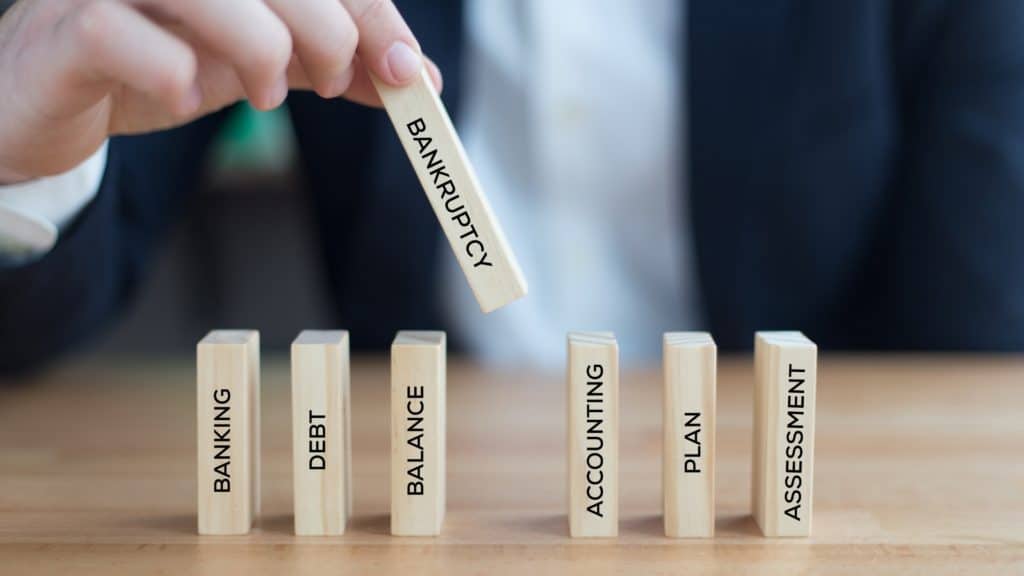
How Bankruptcy Affects Your Ability to Refinance Your Car Loan
Contrary to what you might think, it’s possible to refinance your car loan after bankruptcy. That said, it’s an uphill climb and don’t be surprised if it takes months (or even years) to repair your creditworthiness.
Let’s explore the various ways a bankruptcy could affect your ability to refinance.
Credit score
Once debts are discharged through bankruptcy, they don’t just vanish. Chapter 7 bankruptcies stay on credit reports for ten years, while chapter 13 bankruptcies stay on credit reports for seven years. As you can imagine, bankruptcies tend to have a negative impact on a credit score.
The severity of the point drop depends on what your score was before you filed. If you have an above average score, expect your scores to plunge 200 to 240 points. If you have an average score like 680, your score could slip between 130 and 150 points. Regardless, loan underwriting programs will likely flag you as a risky borrower.
Qualifying
The very nature of lending money is risky — there’s always a chance that the borrower doesn’t repay. When a borrower has filed for bankruptcy, it demonstrates an inability to manage debt. That’s not very enticing to the typical lender.
When you have a lower credit score or a negative credit history, you may not qualify for refinancing, at least through traditional financial institutions like banks or credit unions.
After filing for bankruptcy, it can be difficult to get the best auto loan rates. Lenders typically reserve their best rates for borrowers with excellent credit. However, you may qualify for a subprime loan with higher interest rates and a steeper monthly car payment. Granted that’s far from ideal, a refinance could still help you secure a better loan rate.
According to data from our sister company, RateGenius, 30% of borrowers with a bankruptcy on their record managed to successfully refinance — and they reduced their rate by 5% on average.
Regardless, it’s prudent to shop around and compare loan offers to potentially get a lower interest rate. You can use a marketplace like AUTOPAY to streamline this process.
Loan Fees
Subprime loans not only have high interest rates but also worse loan terms, such as documentation fees, prepayment penalties, and higher late fees. Keep an eye out for these terms when comparing loans, and tinker with a refinance calculator to ensure a new loan is worth it.
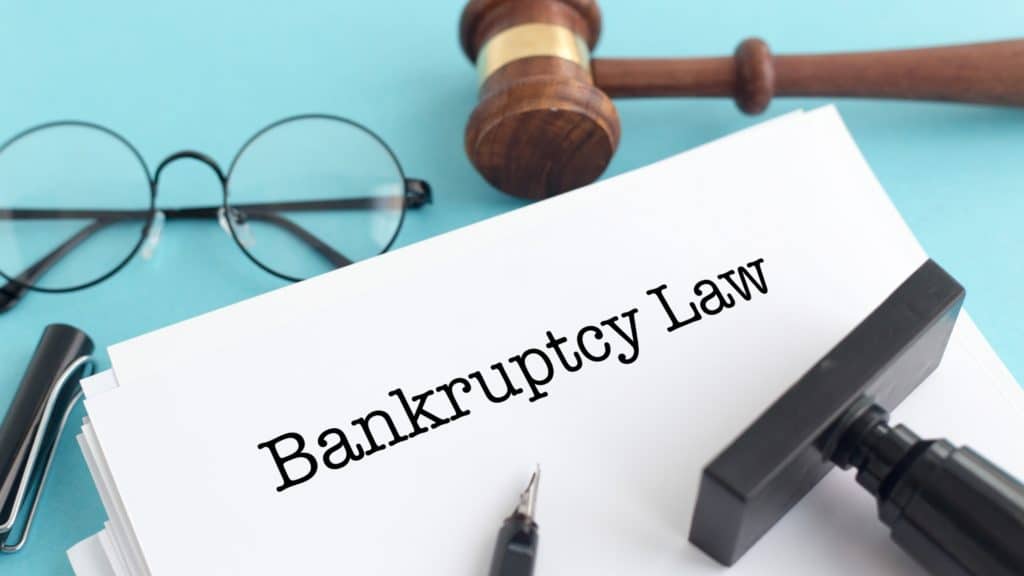
How To Improve Your Chances of Refinancing a Car After Bankruptcy
We’ll give it to you straight — you’ll have a hard time refinancing a car after bankruptcy. And considering it’ll remain on your credit report for 7 to 10 years, you might have trouble getting approved for any sort of loan for quite a while.
But there are steps you can take to improve your credit and chances of qualifying in the meantime.
Bolster your debt-to-income ratio
Your credit scores are an important factor, but they aren’t the only aspect of your financial profile. While your credit quantifies your reliability as a borrower, it doesn’t include your income.
So, in addition to your scores, lenders also evaluate your debt-to-income ratio (DTI). This metric compares your monthly obligations to your gross monthly earnings — essentially measuring the percentage of your income that’s already tied up in other financial commitments.
Generally speaking, it’s recommended to maintain a DTI below 50%. But the lower, the better.
According to data from our sister company, RateGenius, 90% of borrowers who were approved for refinancing had a DTI below 48% from 2015 to 2019. While it’s easier said than done, if you can swing a higher paying job or work part-time for a while, you can improve your DTI and potentially convince a lender to overlook the bankruptcy.
Pay off a chunk of your existing car loan
Auto loans are considered secured loans. In other words, the vehicle serves as collateral, which means the lender could repossess it in the event the borrower stops making payments. The lender would then try to recover its investment by selling the vehicle.
Why is this important? Well, the lower your loan balance relative to your car’s value (known as your loan-to-value ratio), the easier it is for a lender to make itself whole if they ever have to sell your car. This could help mitigate a lender’s concerns about your bankruptcy history and potential risk of missing payments.
Rebuild your credit
Although bankruptcy helps prevent you from suffocating under a pile of debt, it could put a stain on your credit, making it harder to take out loans and lines of credit in the future. That said, your scores aren’t locked in forever.
To rebuild credit, you need access to credit. Credit-builder loans and secured lines of credit can help. These products are easier to qualify for and help borrowers make on-time payments and establish accounts in good standing.
With good credit repair habits, your credit scores can gradually recover over time.
Consider a cosigner
Applying for a refinance loan with a cosigner can help you qualify. A cosigner promises to take responsibility for the loan if the primary borrower ever stops making payments. Ideally, this is a person who is not only trustworthy (like a parent or spouse) but also has a strong financial profile.
Don’t Rush, Understand Your Options
Bankruptcy is a viable solution for many financially distressed borrowers, but it isn’t the only option. It would be wise to explore alternative approaches to ensure you make the best decision. That may include speaking directly with loan providers to see if they’re willing to work with you, selling unnecessary assets, and asking friends or family for assistance.
You may even realize that you don’t need to go to court to rectify your situation, which can help preserve your credit and increase your chances of taking out new loans — including an auto refinance loan.


